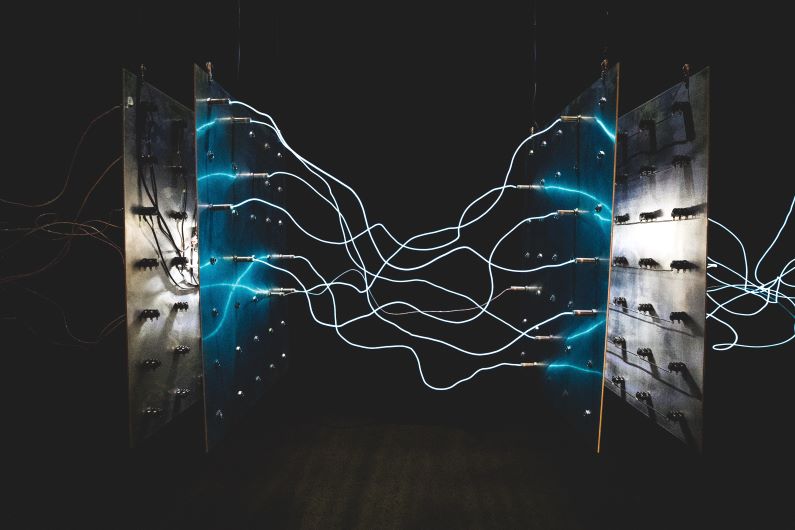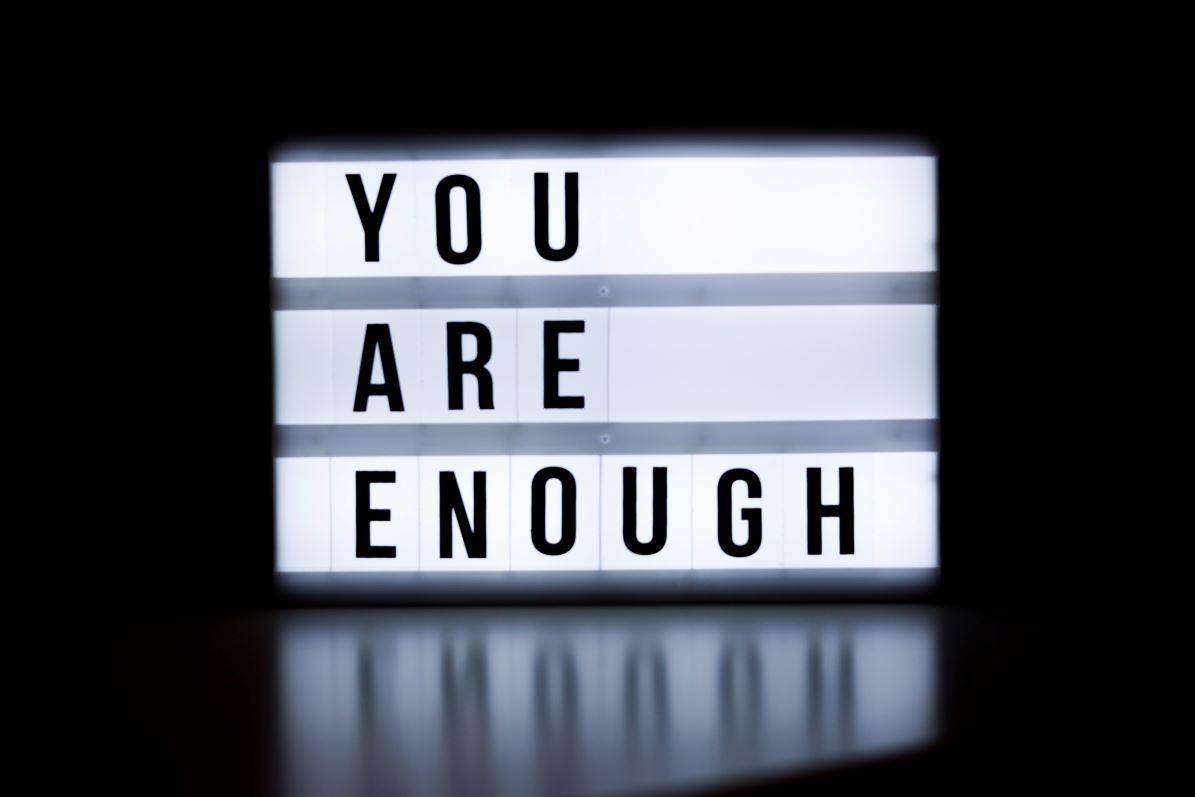I sit cross-legged, yoga style, reading Louise Hay’s book You Can Heal Your Life. She explains that all her clients’ concerns boil down to one thing:
I am not enough.
Or rather, they believe they are not enough and have to “do” or “be” a certain way in order to “get there.”
When I think about my life experiences and what I hear from others, this underlying thread of “not enough” connects us all.
- Mad because a friend ditched you for whatever reason?
- Worried that a project you’re working on seems to be falling apart at the seams?
- Frustrated that your life isn’t perfect like you want it to be?
I am not enough.
And that’s where the “if onlys” come in. If I only did x, then this would happen. If I were only a bigger person, I wouldn’t let x get to me.
“I am not enough” is not a well from which you want to drink. It’s a devious saboteur that gladly hands you a cup to drink poisoned water. For regular readers of the Life fully loved blog, you already know that you need exit saboteur mode to move forward.
But how do you begin to transition from “not enough” to “enough?”

Being and Doing
Understand the distinction between being and doing. “I am not enough” says your being not your doing, that is, your actions, are at fault. It’s a variation on Brene Brown’s theme of shame versus guilt.
- Guilt: “I did something bad.”
- Shame: “I am bad.”
Brown distinguishes doing from being. While guilt focuses outward, shame turns inward. Shame disconnects us from ourselves and others.
Like shame, then, “I am enough” speaks to key beliefs about the self. This maladaptive belief focuses inwardly just like shame and its consequence is the same: disconnection. As social animals, connection and belonging are integral to us as humans.
Connection

Connection starts internally. When you don’t feel you’re enough, you disconnect from your inner self. Then you lose access to all the wisdom already within you. Disconnection from your inner self makes you flounder. Untethered, you can’t find your north star, the deep resonance that comes from knowing your purpose in life. Once you know who you are by connecting to your self, you can connect with others easily and authentically.
How to connect to your self
Connecting to your Leader Within means knowing yourself. What’s important to you? You have your own core values, distinct from societal or moral beliefs.
For example, I hear clients describe “travel” as important to them. Well, what does “travel” mean to you?
Clarify your values by creating value chains. Observe the difference in these two value chains for travel:
- Travel / nature / hiking / forests / waterfalls
- Travel / culture / people / language / museums
Once you know what’s important to you, your world expands. You can identify when you’re honouring your values, which means connecting to your inner self, or not, because you feel dissonance.
Over time, you find more ways to align with your values because you know what they are. You start to see how your Leader Within can guide you as you connect with your inner being.
Header Photo by Felicia Buitenwerf on Unsplash, Photo by israel palacio on Unsplash

